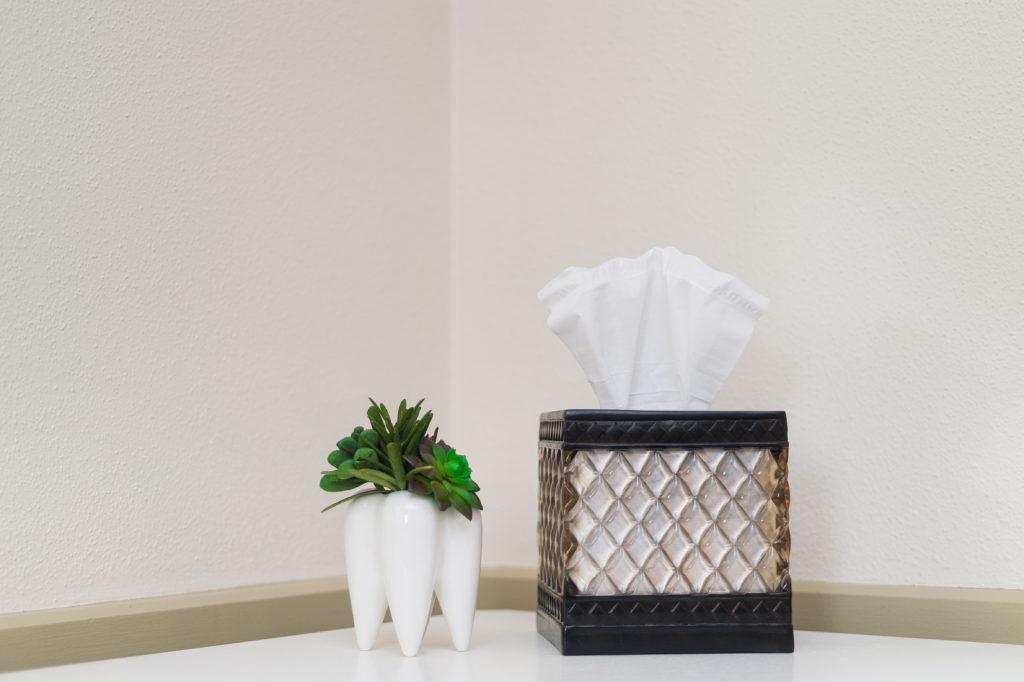
Dental Extractions Osseo MN
Tooth Removal with compassion
Passionate, Dedicated, Friendly
Do You Need Teeth Removed? Trust an Expert to Extract Them
Fortunately, most of the time you’re able to keep your teeth. But when excessive decay, infection, or tooth crowding occur, you may need to have one or more teeth extracted.
Tooth extraction is a relatively quick outpatient procedure, but you should still entrust an expert to remove a tooth. Teeth that are below the gum surface, broken, or impacted require an extraction process that’s more complicated than when teeth are visible.
Also, a dentist can ensure you’re comfortable during the extraction and address any complications that may arise during the procedure.
The Tooth Extraction Process
Before Extraction
Before the extraction, your dentist will x-ray your tooth and will want you to disclose any vitamins, herbal supplements, or medications you’re currently taking that could interfere with the procedure. It’s also important to reveal if you suffer from any major health conditions. The dentist will want to know that your health is stable before performing the extraction and may even prescribe antibiotics days before the procedure. For best treatment on the day of the extraction:- Let your dentist know if you have a cold on the day of the procedure or if you vomited the night before. Either condition may require rescheduling.
- Do not smoke. Even smoking beforehand can disrupt the healing process after the extraction.
During Extraction
You’ll be given a local anesthesia to numb the area so that you’ll feel only pressure and no pain. The dentist will then remove the tooth with an instrument called an elevator to loosen it and forceps to extract it.After Extraction
After tooth extraction, the blood should naturally clot in the area where the extraction occurred (the socket). If the blood does not clot or becomes loose and dislodged, the bone may become exposed. This is called a dry socket, and the dentist will protect the area until a new clot can form. Recovery usually takes a few days. Follow these instructions to ensure you heal properly. Within the first 24 hours:- To reduce bleeding and help form a clot, bite down on the gauze pad the dentist places on the extraction site.
- Use an ice pack after the procedure to reduce swelling for ten minutes at a time.
- Relax and reduce your activity during the first 24 hours. Also, during this time, do not use a straw or rinse your mouth in order to keep the clot in place.
- Here’s another reminder not to smoke.
- Take all of your regular medications and any over-the-counter painkillers you may need.
- Prop up your head will pillows when you lie down or go to sleep.
- Avoid the extraction site when you brush and floss your teeth
- Use diluted salt-water to rinse your mouth. You can also begin to eat soft, cold foods like yogurt, applesauce, or pudding.
- During the following days, introduce solid foods slowly
- High fever and chills
- Bleeding that lasts more than 12 hours
- Nausea or vomiting
- Cough, chest pains, or shortness of breath
- Swelling and redness at the extraction site
Wisdom Teeth Extraction
The four permanent teeth located at the back of your mouth – both top and bottom – are your wisdom teeth. You may need to have them removed if they are impacted and don’t have room to grow in your jawline. Without room to grow, they could cause pain or infection.
Some problems you may experience with impacted wisdom teeth will suggest the need for removal. These include:
- Pain or soreness
- Food trapped behind the wisdom tooth
- Gum infection
- Tooth decay
- Partial eruption
- Damage to an adjacent tooth or surrounding bone
- Developing cyst surrounding the impacted tooth
- Interference or complication with orthodontic treatments
If your dentist anticipates that future problems could occur, he may recommend that your wisdom teeth be extracted even if they’re not impacted.
When Can I Keep Wisdom Teeth?
There are very few cases where a dentist will not recommend removing wisdom teeth. If your wisdom teeth emerge upright and have enough room in your jaw, you can likely keep them as long as they’re not decayed or contributing to gum disease.
But since wisdom teeth are so far back in the mouth they’re often neglected during brushing. If you’re a candidate to keep your wisdom teeth and don’t want to encounter future problems, make sure you brush and floss them thoroughly and make regular dental appointments for periodic assessment.
Trust Osseo Family Dental For Safe Dental Extractions
If one or more of your teeth need to come out, the experienced team at Osseo Family Dental will provide exceptional care before, during, and after the procedure. Schedule an appointment or contact us to learn more.
